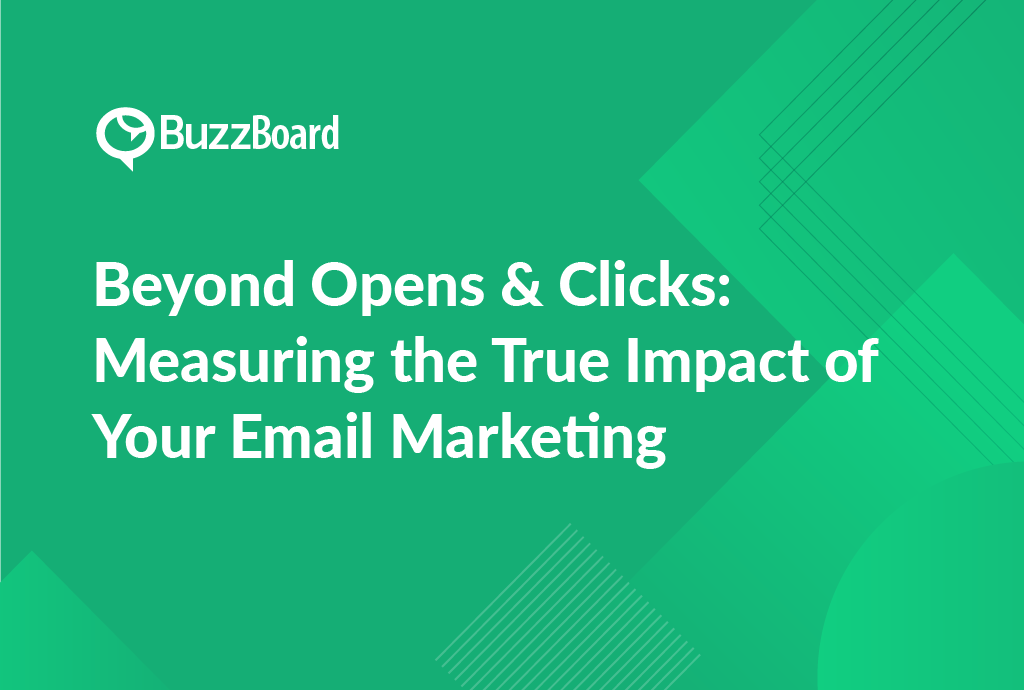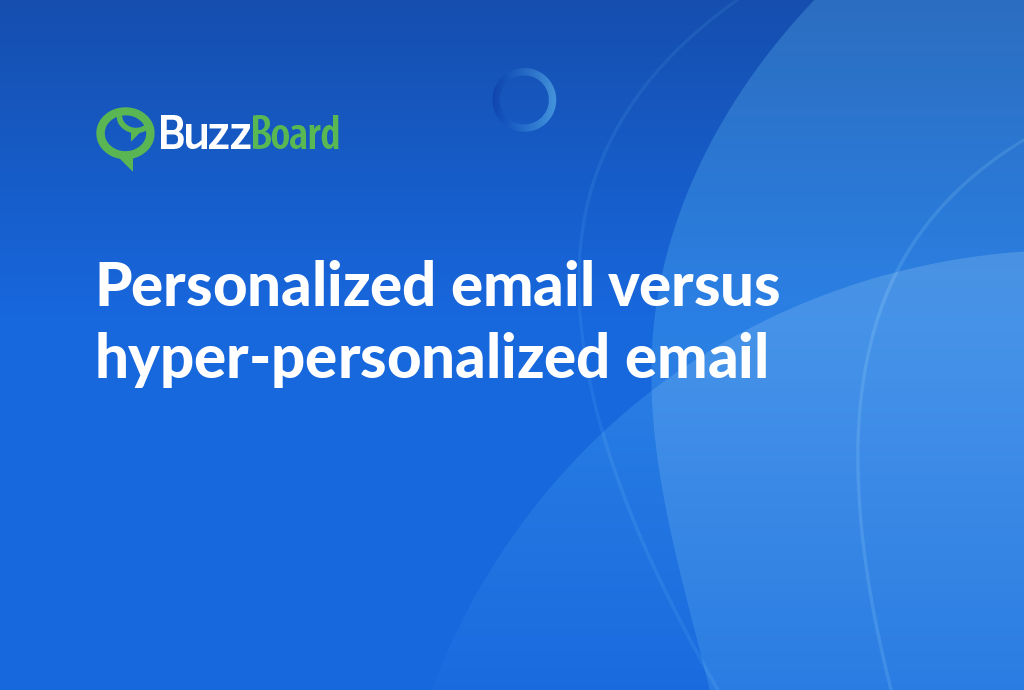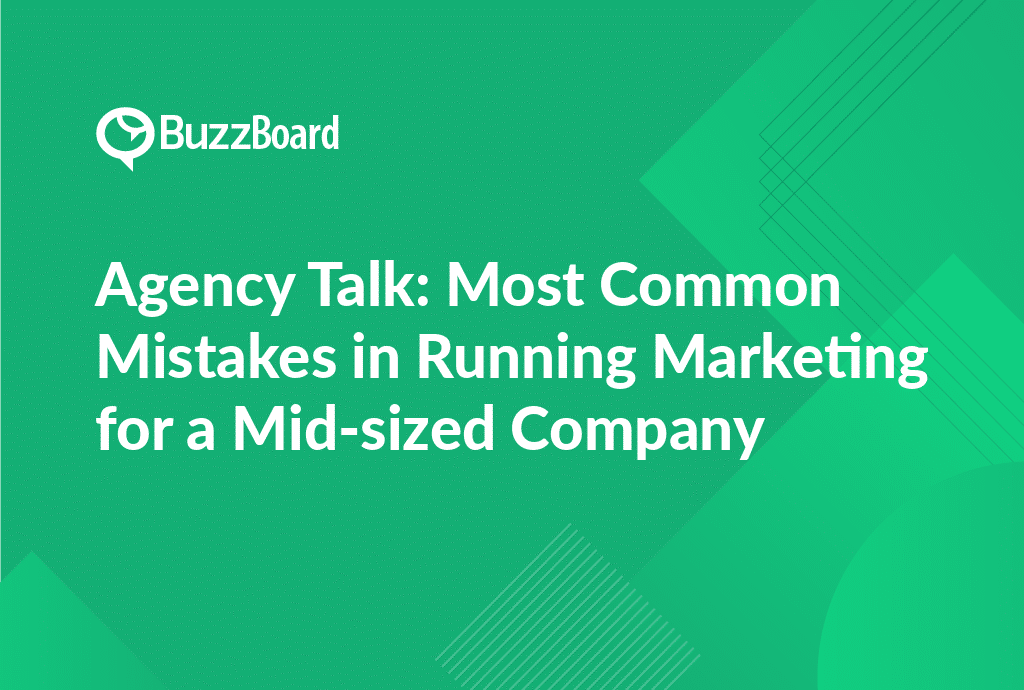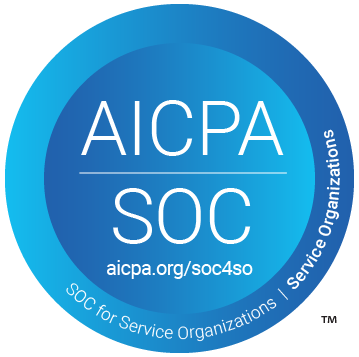Knowing More Than Just the Basics: Why It’s Important to Measure Your Email Marketing ROI
In the intensifying digital marketplace, merely launching email marketing campaigns is insufficient. For sales representatives, particularly those at digital marketing agencies catering to small and local enterprises, it’s indispensable to deeply comprehend and properly evaluate email marketing ROI. This lightens up your understanding of the effectiveness of your efforts in terms of lead generation, conversion rates, and crucially, your customer acquisition cost (CAC).
Tracking and assessing email marketing ROI sets up milestones to gauge the wellness and efficiency of your sales process, quantify revenue growth, and especially, evaluate your customer lifetime value (CLTV). Precise metrics aid not only in reducing expense but also in refining your marketing budgets for enduring enlargement.
Maximize email marketing analytics and employ innovative reporting tools that provide comprehensive analyses of performances. These well-developed examinations can serve as a navigation light in polishing your communications plan, from distinguishing the most responsive customer sections to enhancing the timing of your ventures.
Don’t merely dispatch emails and wish for the best – conduct A/B testing to go deeper and grasp what works best for your target market. From subject lines to content type, A/B testing enables you to fine-tune your tactics, making sure you extend value and stay engaging to your readers.
In sum, to ultimately assess email marketing ROI for small businesses, a widened understanding of marketing measures beyond the basics is needed. It mandates an extensive plunge into analytics and a steady stream of data that assists in customizing your strategies towards revenue enlargement.
Immerse deeper into the universe of email marketing ROI with our exclusive resources.
Defining Lead Generation and Conversion Rates in Email Marketing’s ROI
Lead generation and conversion rates are instrumental in calculating the return on investment (ROI) for small business email marketing. Utilizing lead generation, the process of attracting and converting strangers into prospects, is critical for building a healthy sales pipeline. Similarly, conversion rates, indicative of the percentage of email recipients completing the desired action, provide insight into the success of your email marketing strategies.
Understanding these two metrics is crucial for measuring email marketing ROI for small businesses, driving revenue growth, and managing customer acquisition cost (CAC). A lower CAC indicates efficient sales and marketing efforts. Incorporating the customer lifetime value (CLTV) in the ROI calculation gives insight into a single customer’s total potential revenue contribution over their lifecycle, thereby informing strategies for long-term engagement.
Effective email marketing analytics and reporting tools can help digital marketers identify areas of success and improvement. Additionally, incorporating A/B testing into email campaigns can generate valuable data to optimize performances.
Email marketing can offer small businesses a potent platform to increase leads, improve conversion rates, and enhance their ROI when executed effectively.
Establish robust email marketing strategies to enrich your sales pipeline and boost your ROI. Always reference the source of your email marketing strategies. Extend your knowledge with our wide array of insightful digital marketing articles.
How Customer Acquisition Cost (Cac) and Customer Lifetime Value (Cltv) Influence Your Email Marketing ROI
Measuring email marketing return on investment (ROI) is crucial for small businesses seeking to track their success in lead generation and revenue growth. Two vital components for understanding your ROI are your customer acquisition cost (CAC) and customer lifetime value (CLTV).
CAC calculates the average cost a business incurs to acquire a new customer. This metric includes expenses such as marketing and advertising. Lowering this cost can considerably improve your ROI, hence the need to streamline your sales pipeline and refine your lead generation efforts.
CLTV, conversely, estimates the revenue a business can reasonably anticipate from a customer throughout their relationship with the company. This metric identifies the worth of each new customer. Increasing your CLTV can be achieved by improving customer loyalty efforts and augmenting the quality of your product or service.
Both CAC and CLTV are critical in assessing the effectiveness of your email marketing campaigns. Accurate email marketing analytics and reporting tools allow you to track these metrics’ impact on your campaigns. This drives data-informed decisions and facilitates A/B testing of various strategies.
Data analysis results guide small businesses in modifying their email marketing strategies to ensure higher conversion rates and, subsequently, revenue growth.
Thus, understanding CAC and CLTV is fundamental in assessing your current success and setting future growth goals and plans.
Want to harness these metrics further and bolster your ROI? Check our resources on effective email marketing strategies for small businesses.
Stay updated with the latest strategies in email marketing by subscribing to our newsletter.
Sources:
How Revenue Growth, Sales Pipeline, and A/B Testing Can Improve Your Email Marketing for Small Businesses
For sales professionals targeting small and local businesses at digital marketing agencies, accurately measuring email marketing ROI is critical. Email continues to be a high-performing lead generation channel, often boasting a lower customer acquisition cost (CAC), which contributes to significant revenue growth for your clients.
With the help of email marketing analytics and reporting tools, you can measure a variety of metrics such as the number of emails opened, clicked and their contributions to conversions. This gives you a clear picture of your email marketing ROI for your clients’ small businesses.
The role of the sales pipeline in this process should not be overlooked. A zeroed-in sales pipeline aids in guiding the leads generated from email marketing, allowing them to smoothly navigate the buyers’ journey. Over time, a well-oiled pipeline can significantly boost your client’s customer lifetime value (CLTV), reflecting positively on your agency’s value to them.
In your aim to refine your email marketing strategies, the use of A/B testing can be instrumental. It allows you to test different subject lines, call to actions, or email layouts, and identify what really clicks with your client’s audience, which in turn can improve conversion rates.
Leveraging these tactics, digital marketing agencies can provide amplified value to small businesses, thereby ensuring ongoing mutual growth. Keep abreast of the current digital marketing trends by following us on social media or visiting our blog.
For a deeper dive into email marketing ROI, check out our comprehensive guide.
Best Reporting Tools and Analytics Strategies to Measure the ROI of Your Email Marketing Campaign
Email marketing, when employed resourcefully, can perform a pivotal role in lead generation and revenue growth for small companies. To accurately evaluate email marketing return on investment (ROI), companies need comprehensive reporting mechanisms and effective analytics strategies.
Several reporting tools like Google Analytics, HubSpot, and MailChimp allow for a detailed analysis of your email campaigns. These tools aid in monitoring performance indicators including conversion rates, customer acquisition cost (CAC), customer lifetime value (CLTV), and overall revenue growth. Furthermore, they keep an eye on the sales pipeline from lead generation stages to the final sale, guaranteeing a healthy ROI.
For a refined approach, A/B testing is crucial. Whether it’s subject lines, design, content or timing of the email, A/B testing enables companies to understand what clicks with their audience and what doesn’t. Thus, they can concentrate their efforts and resources on strategies generating high conversion rates.
Immersing in email marketing analytics helps small companies make educated decisions for future campaigns. They can maximize ROI and understand their audience, elevating customer lifetime value.
In conclusion, measuring email marketing ROI effectively requires blending detailed analytics with robust reporting tools. This combination allows small businesses to revise their email marketing strategies for sustainable revenue growth.
For further insights on this topic, visit our blog. To enhance your marketing results with your email campaigns, contact us today.








